- AI Fire
- Posts
- 🤔 Stop Asking "How to Learn AI"! Ask THIS Instead
🤔 Stop Asking "How to Learn AI"! Ask THIS Instead
The question isn't "how," it's "why." We break down the 3 entrepreneur paths that actually work (Fortress, Panner, or Phoenix)
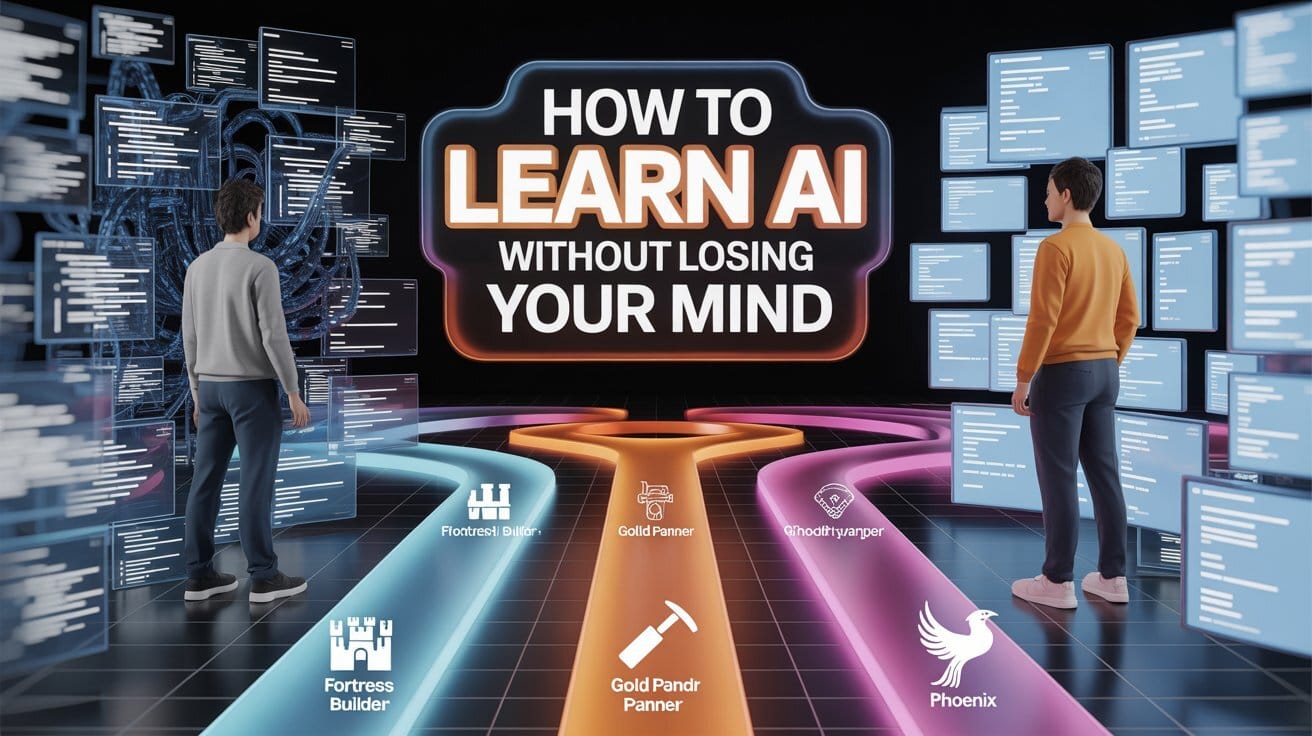
⚔️ The AI Revolution is Here. Which "Fighter" Are You?This article says every entrepreneur fits one of three AI archetypes. Which one best describes your current mission? |
Table of Contents
How to Learn AI Without Losing Your Mind (3 Entrepreneur Paths That Actually Work)
Let’s get one thing straight. Over the past month, I’ve had the same conversation on repeat. It feels like a scene from Groundhog Day but instead of a chirpy alarm clock, my day resets with a LinkedIn message from another successful entrepreneur.
They’re founders of companies you’ve heard of. They run eight-figure businesses. They’re smart, driven and successful. And they all ask me the same question, their words laced with a mix of excitement and quiet panic:
“AI Fire, how the hell do I learn AI? I feel like I’m standing on the shore while a tidal wave is coming and I don’t even have a floatie.”
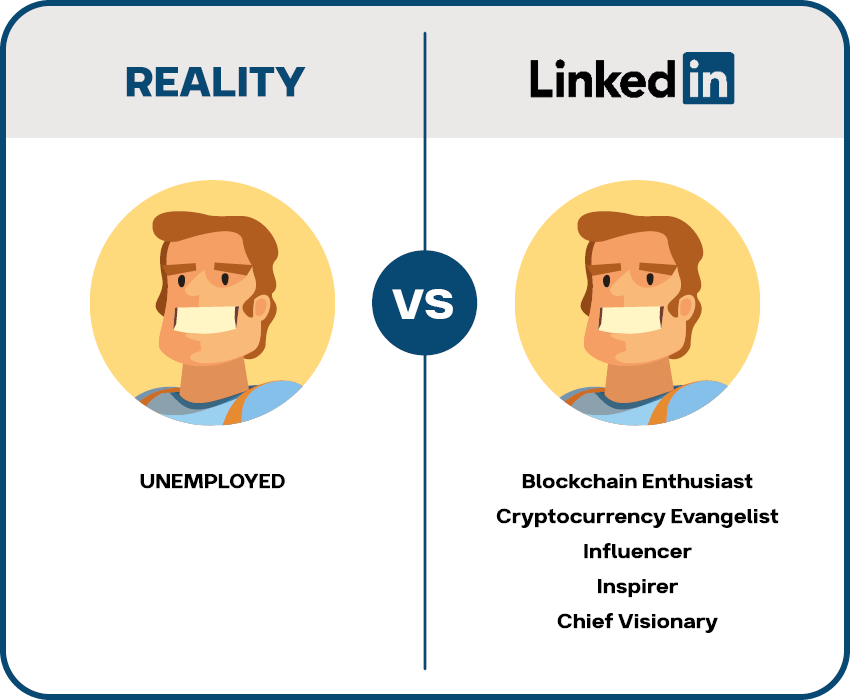
Here’s the part that makes me want to flip a table. Everyone is obsessed with HOW to learn AI. But they’re skipping the most important question, the one that changes everything: WHY do you want to learn AI in the first place?
Your “why” is your compass. Without it, you’re just wandering into the woods with a Swiss Army knife and a bag of tutorials, hoping you don’t get eaten by a bear (or, in this case, a rabbit hole of useless Python courses).

Swiss Army knife
Believe me, I know this firsthand. A long time ago, I was grinding away in e-commerce marketing. It was a good business. It got me from A to B. But then I saw the AI wave coming. I didn’t just want a floatie; I wanted to build a hydrofoil.
So I pivoted. I took my entrepreneurial skills and pointed them directly at AI. The result? This year, my AI businesses are one of my proudest achievements.
The secret wasn't about working harder. I was already working hard. As Warren Buffett famously said, “It’s not about how hard you row, it’s about the boat you’re in.” I just switched boats—from a leaky rowboat to a rocket ship.
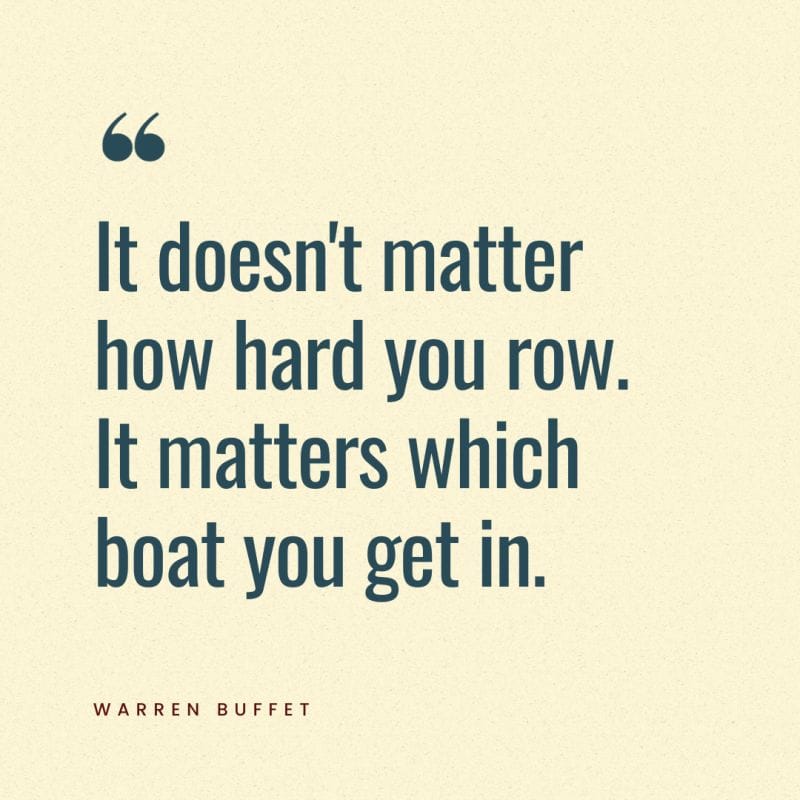
By the end of this guide, you will have your own custom-built GPS for the world of AI. You’ll know exactly which path to take and have a clear answer to the question of how to learn AI based on your unique goals. No more “Should I learn to code?” paralysis. No more wasting time on courses that don’t matter.
This is your "Choose Your Fighter" moment. Let's make sure you pick a winner.
The Three AI Archetypes: Which Fighter Are You?
Before you dive into a single tutorial or book a single consultation, you need to look in the mirror and get brutally honest about your mission. In the world of AI entrepreneurship, I’ve found that everyone falls into one of three distinct archetypes.
Pick yours. Your entire strategy depends on it.
Type 1: The Fortress Builder (Applying AI to Your Existing Kingdom)
Your Situation: You’ve already won a major battle. You have a solid, profitable business that you’ve poured your heart and soul into for the last 5-10 years. You have a great team, established workflows and customers who actually like you. You’re not looking to burn it all down and start over. You’re looking to build a moat and reinforce the castle walls with AI-powered cannons.
Your Mindset: "I love my business. I’m not trying to become a tech bro in a hoodie. I just need to understand AI well enough to lead my team, make smart decisions and make sure my competition doesn't blindside me with some new tech I never saw coming".
Your Superpower: You have the hardest part figured out: a working business. You have real customers, real problems and real data. This is the raw material AI feeds on.

Type 2: The Gold Panner (Selling AI Back to Your Old Stomping Grounds)
Your Situation: You’re a veteran of a specific industry. You’ve spent a decade or more in manufacturing, healthcare, real estate, law—you name it. You know the people, you speak the language and you see the industry’s dumb, expensive problems everywhere you look. You watch your peers using outdated software and ancient processes and it drives you crazy because you know AI could fix it all.
Your Mindset: "There's gold in them thar hills. My entire industry is moving at a snail's pace. If I could just connect the dots between their problems and the right AI solution, I could build something massive".
Your Superpower: Trust and access. You have the phone numbers. You have the credibility. While a tech outsider would get lost in industry jargon, you can walk right into the CEO’s office and say, “I know exactly why your third quarter was a nightmare and I know how to fix it.”

Type 3: The Phoenix (Rising From the Ashes of Your Old Career)
Your Situation: You’re done. Cooked. Finished with your current industry. Maybe you’re in an agency space that feels like a race to the bottom or a field that’s being disrupted into oblivion. You’re ready for a hard pivot. You’re looking at the AI landscape—consulting, development, education—and you want in. All in.
Your Mindset: "Burn the boats. I'm ready to become a student again. I want to build my next chapter in the AI ecosystem and I'm willing to put in the work to completely reinvent myself. Send me to training, coach".
Your Superpower: Hunger and agility. You have no baggage or old systems holding you back. You have a clean slate, a burning desire to succeed and a foundation of business fundamentals that most tech nerds would kill for.

Got yours? Good. Now let’s build your strategy.
Learn How to Make AI Work For You!
Transform your AI skills with the AI Fire Academy Premium Plan - FREE for 14 days! Gain instant access to 500+ AI workflows, advanced tutorials, exclusive case studies and unbeatable discounts. No risks, cancel anytime.
Path #1 for The Fortress Builder: Call in the Special Forces (Don't Learn, Lead)
If you’re a Fortress Builder, let me give you the single worst piece of advice you could follow: Go enroll in a six-month coding bootcamp to know how to learn AI.
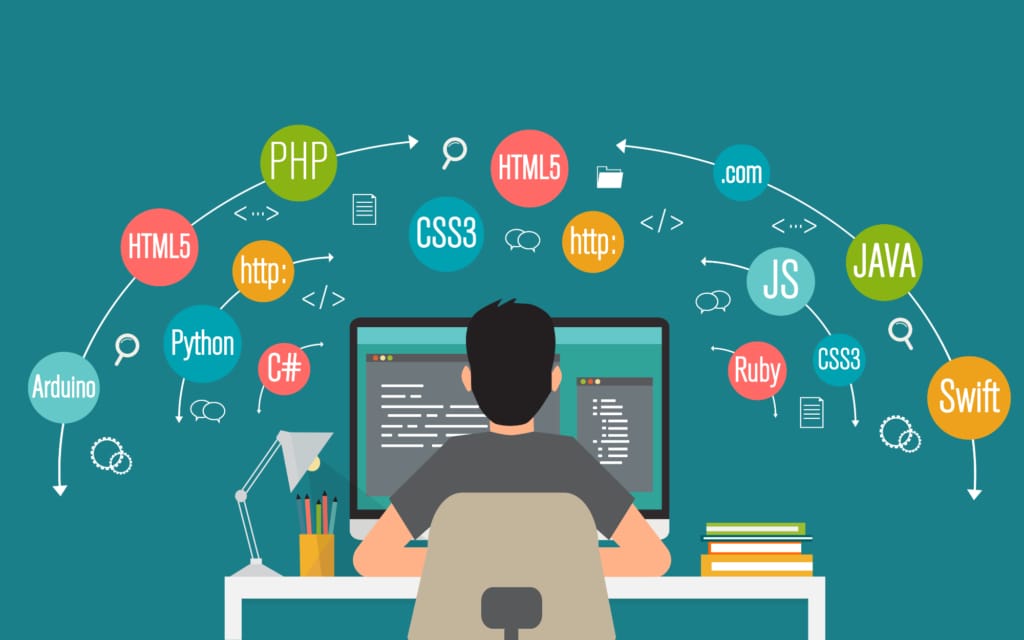
Seriously. While you’re trying to figure out the difference between a list and a dictionary in Python, your business—the one that pays your mortgage—is either running on autopilot or slowly drifting toward an iceberg. This is the definition of stepping over a dollar to pick up a dime.
Your job is not to become an AI developer. Your job is to be the leader who steers the ship through the AI transformation.
The Faster, Smarter Path: Hire an AI Transformation Agency
Think about it. If the plumbing in your office building bursts, you wouldn't spend a month watching YouTube videos on pipefitting. You’d call a master plumber. If you needed a new brand identity, you’d hire a creative agency.
So why, when it comes to the single biggest technological shift of our lifetime, do we think our first step for how to learn AI is to do it all ourselves?
The reality is, a whole ecosystem of AI service providers has emerged to fill this exact gap. These are the special forces you call when you need to secure the perimeter.

What a GOOD AI Agency Actually Does (And How to Spot a Fake)
A legitimate AI transformation partner doesn’t just sell you a tool. They take you on a journey. It looks something like this:
Phase 1: The Jedi Council (Education & Strategy)
They hold workshops with your leadership team to demystify AI. No code - just concepts.
They provide AI literacy training for key employees—the ones who will actually use the new tools.
They work with you to create a strategic AI roadmap. What are the big goals? What are the quick wins?

Phase 2: The X-Ray (Discovery & Analysis)
They map out your entire business, from marketing funnels to supply chain logistics. They become experts on your company.
They identify the top 3-5 areas where AI can deliver the biggest ROI, like a doctor spotting exactly where the pain is coming from.
They categorize opportunities: "Quick Wins" (off-the-shelf tools we can deploy next week) vs. "Big Swings" (custom solutions that will become your secret weapon).

Phase 3: The "Boots on the Ground" (Implementation)
They roll out existing tools to give you immediate momentum. Think automated customer service bots, intelligent CRMs or hyper-personalized marketing campaigns.
For the bigger opportunities, they build custom solutions tailored to your unique business needs. This is where you create a real competitive advantage.
Crucially, they handle the training and change management to ensure your team actually adopts the new tech.
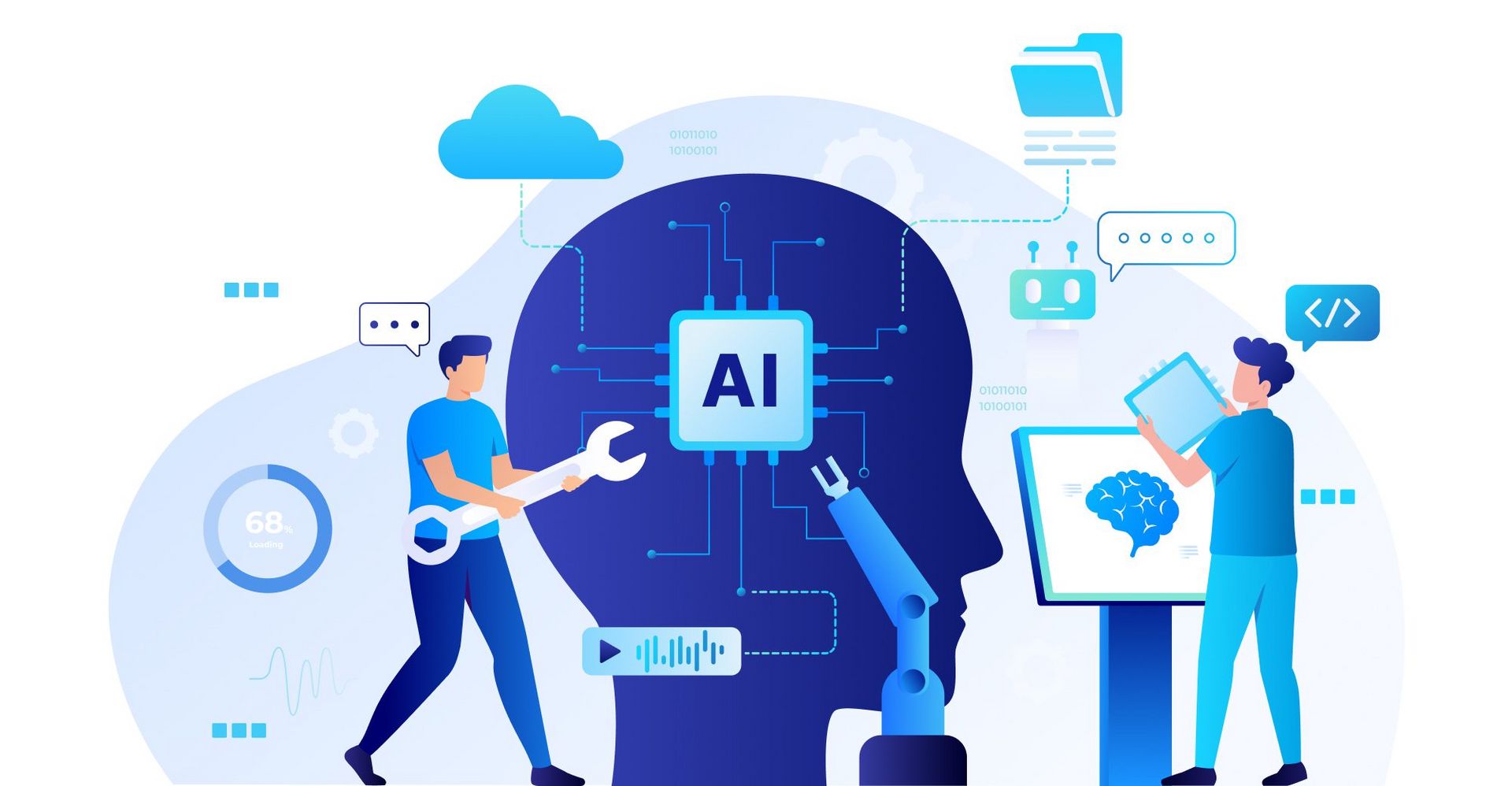
Phase 4: The T-1000 (Optimization & Evolution)
The job isn't done at launch. They monitor performance, tweak the models and refine the processes.
They help you scale the solutions that are working and kill the ones that aren't.
They establish a culture of continuous AI improvement within your company.

How to Find Your A-Team (And Avoid the Scammers)
While many top agencies work with larger companies (200+ employees), there are partners who specialize in businesses of all sizes. But I know an accelerator program that gives me a bird's-eye view of the best AI agencies in the world.
So here’s a pro tip for vetting potential partners. Ask them these questions:
"Can you show me a case study from a business like mine?" If they can't, they might be learning on your dime.
"What's your process for understanding my business goals?" If they jump straight to talking about technology and algorithms, run. The right partner talks about business outcomes first.
"How do you handle team training and adoption?" A fancy tool nobody uses is just expensive shelfware.
"What does success look like six months after we start?" They should be able to define clear, measurable KPIs (Key Performance Indicators) like "20% reduction in customer support tickets" or "15% increase in lead conversion".

The bottom line for Fortress Builders: Your time is worth more than a developer’s hourly rate. Invest in leadership, not in learning to code. Your goal is to be the visionary who commissions the masterpiece, not the one grinding pigments in the basement. This is the way.
Path #2 for The Gold Panner: The Ultimate Partnership Play
If you're a Gold Panner, you're sitting on an untapped oil field and complaining that you don't know how to build a refinery.
It kills me. I’ve seen brilliant technical teams—AI wizards who can build anything—struggling to get clients. They don't know who to sell to, what problems to solve or how to speak the language of business.

Meanwhile, people like you, with a Rolodex full of warm leads and a deep understanding of real-world problems, are wondering if you should spend two years learning the basics of machine learning.
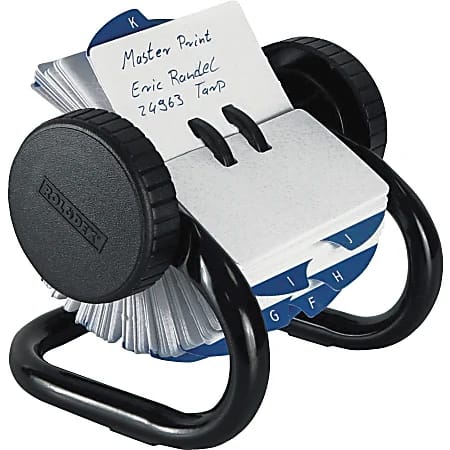
A Rolodex is a person's network of contacts
It's like watching someone with a treasure map try to learn geology instead of just partnering with a team of excavators.
Stop underestimating what you have. You possess the assets that technical founders would kill for:
Deep Domain Knowledge: You know the secret handshakes and the unspoken rules of your industry.
Established Relationships: You don't send cold emails; you send "Hey, let's grab coffee" texts.
Problem Fluency: You don't have to guess what customers want; you've lived their frustrations for years.
Credibility: When you speak, your industry listens. You're one of them.

The Smarter Move: Partner with a Hungry Technical Team
Instead of going back to school, go find a partner. Find one of those brilliant but struggling AI agencies or dev teams and make them an offer they can't refuse.
The Pitch Script (Steal This):
Look, I’ve spent 15 years in [Your Industry]. It’s a mess. I know at least five companies right now who are bleeding money because of [Specific, Painful Problem]. You guys have the AI firepower to solve this. I don't. But I have the clients. I can get us in the door, translate their needs and help sell the solution.
Let's team up. Let’s do a pilot project with one of my warm contacts. We'll split the revenue. I bring the market; you bring the tech. Together, we build a real business.How This Plays Out in Real Life:
Months 1-3: You partner with an agency and bring them your first two or three warm leads. You're the "rainmaker" and the "translator".
Months 4-6: You're in the trenches with them on real projects. You're not coding but you're figuring out how to learn AI by doing—seeing how AI is applied, what works and what doesn't. You start to see patterns across clients.
Months 7-12: You've now got several case studies under your belt. You use your industry knowledge to help the team develop a specialized, repeatable offering that solves a core industry problem better than anyone else.
Year 2 and beyond: You've built a real, scalable business. You're now a co-founder of an AI company, making money while learning and you've become a true expert through practical, hands-on experience.

You have what they need. They have what you need. It’s the ultimate "You… complete me" moment from Jerry Maguire but for B2B tech. The teams are out there, waiting for someone just like you to give them direction and purpose.

Path #3 for The Phoenix: The Chisel Framework (Building Yourself and Your Business at the Same Time)
Alright, Phoenix. You’re ready to burn the boats and start fresh. This is the path that requires the most grit but it also has the highest ceiling. You’re not just adopting AI; you’re becoming an AI-native entrepreneur.
But to succeed, you need to overcome three major hurdles that kill 99% of aspiring AI businesses.
Hurdle #1: The Expertise Gap. You need to know more than the clients you're serving. You don’t need to be the world's leading expert but you need to be at least a few chapters ahead.
Hurdle #2: Find Customers Regularly. No leads, no business. And it can't be random. You need a predictable, consistent flow of people who want to pay you.
Hurdle #3: The "Who Are You?" Problem. Why should anyone trust you with their business? You need authority and credibility, which usually comes from a track record... which you don't have yet. It's a classic chicken-and-egg problem.

The Slow, Painful, Traditional Approach
Most people attack these hurdles one by one and it’s a recipe for disaster:
Spend 6 months learning AI skills in a dark room (The Tutorial).
Spend 3 months building sales funnels and trying to figure out an offer.
Realize nobody trusts them (the "Who Are You?" problem) and spend another 6 months trying to build a personal brand.

Total time to maybe get a single client: 12-18 months. Most people give up long before then. It’s slow, demoralizing and inefficient.
The Fast Path: The Chisel Framework
The "Chisel Framework" provides a quick method for building an AI business from scratch. The name is inspired by the philosophy of being "self-made"—similar to how a sculptor might carve a statue of themselves out of a block of stone, using their own inner potential to create something new. This is the core idea behind the framework: a system designed to help you solve the three biggest problems of starting a business all at once.

Here’s how it works. It’s an upward spiral.
Step 1: Pick One AI Skill and Go Deep.
Don’t try to learn everything. Pick one thing that genuinely excites you.
AI Automation (e.g., using tools like n8n)
Voice AI Agents (e.g., using VAPI or ElevenLabs)
AI Video Generation (e.g., using RunwayML)
No-Code App Development (e.g., using Bubble)
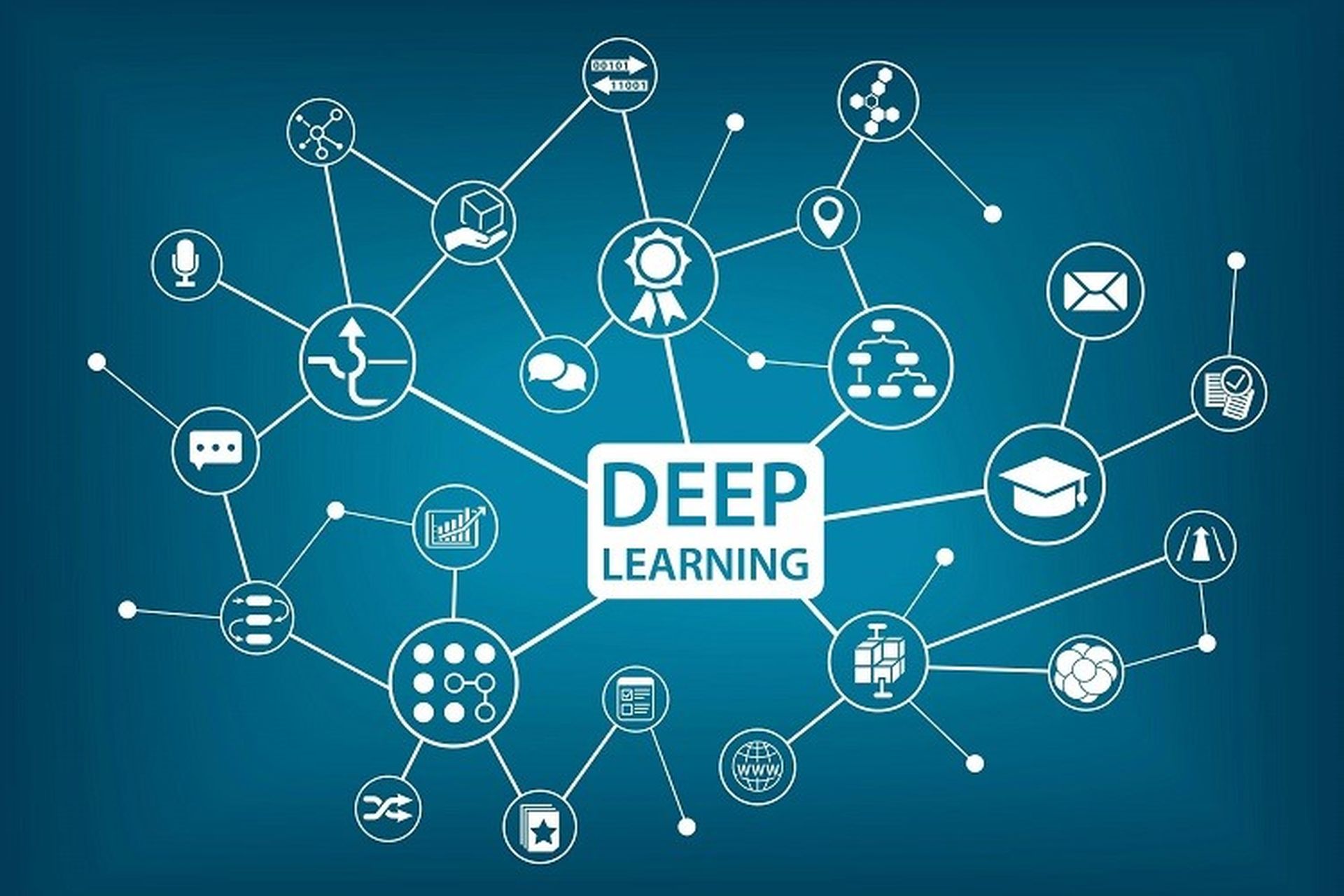
Step 2: Learn It by Applying It (For Free).
Use free resources—YouTube, Instagram, Facebook or any platform has some posts that talk about this method. But don't just watch.
Build something for yourself. Automate a tedious part of your own life.
Help a friend. Offer to build a simple automation for their small business for free.
Experiment. Break the tutorials. Try to combine two different concepts. Get your hands dirty.
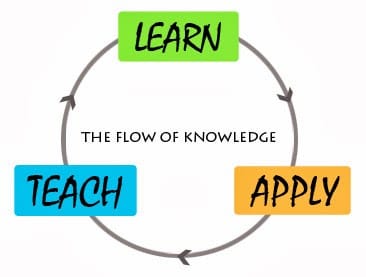
Step 3: Document EVERYTHING as Public Content.
This is the secret sauce. This is the cheat code. As you learn, you share.
Make a short video: "Day 1 of learning AI automation — here's the first dumb mistake I made".
Write a short post: "Aha! Moment: I finally figured out how APIs work. Here's the simple explanation I wish I had".
Show your work: Post a screen recording of the little bot you built, even if it’s clunky.

You are not posing as an expert. You are positioning yourself as a guide on a journey, just one step ahead of your audience. People are tired of slick gurus; they crave authentic stories of struggle and discovery.
The Upward Spiral Effect: How You Get Rich While Figuring Out How to Learn AI
This is where the magic happens.
Your content (your documented journey) starts getting views.
People in the comments ask questions. ("Hey, how did you do that?")
Some of those questions turn into DMs. ("Could you build something like that for me?")
Your first consulting call happens. You charge $100/hour because you have impostor syndrome.
You solve their problem. You get a testimonial. You make more content about it.
Now you have proof. You raise your rate to $300/hour. Then $500.
The money and real-world client problems incentivize you to learn more, faster and deeper than any course could teach you.
As you learn more, you make better content, which builds your authority, which generates more leads, which gives you more experience...
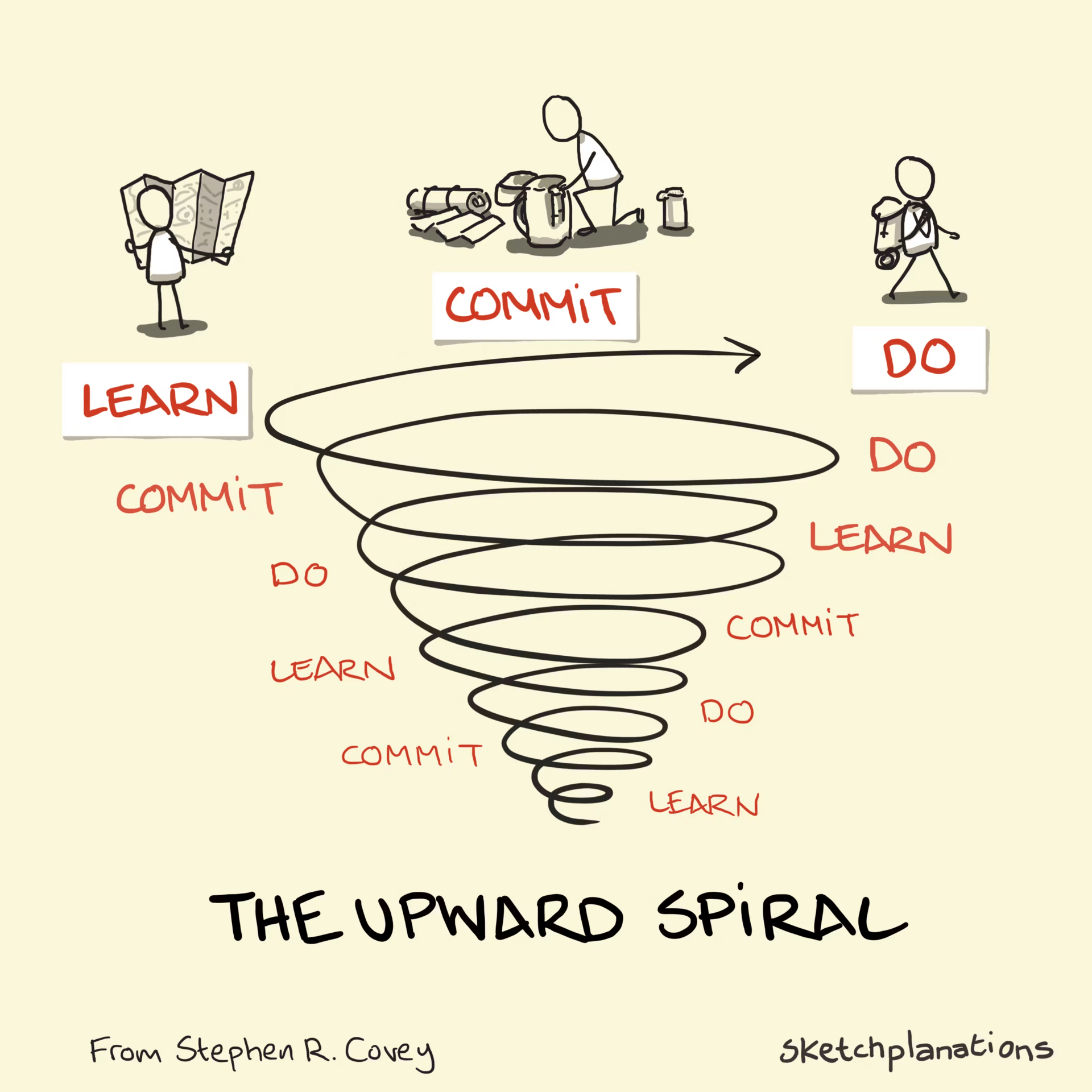
See the loop?
You solve the Expertise problem through real client work.
You solve the Lead Flow problem because your content is a 24/7 lead magnet.
You solve the Authority problem because documenting your journey is the most authentic way to build trust.
You are chiseling yourself into an expert in public and getting paid to do it. You already have 70% of what it takes: the entrepreneurial grit, the business fundamentals, the sales skills. The AI part is just the final 30% that unlocks a whole new universe of opportunity.
DEEP DIVE: The "AI University" Curriculum for the Phoenix
Okay, I see you. The Chisel Framework is too chaotic for you. You want a syllabus. A roadmap. A structured plan to become a technical force of nature. I still believe the "learn-by-doing" approach is faster but for the planners in the room, here is the comprehensive curriculum I would follow.

Months 1-2: The Foundation (Your AI Boot Camp)
AI Automation Basics: Get your hands dirty with the holy trinity of no-code: n8n, Zapier and Make. Learn to connect apps and make them "talk" to each other. This is the bedrock of practical AI implementation.
Prompt Engineering Mastery: You can have the world's best engine but it's useless if you don't know how to drive it. Mastering how to talk to LLMs like ChatGPT, Claude and Gemini is a non-negotiable superpower.
Intro to AI Agents: Go beyond simple prompts. Understand the basic concepts of building autonomous systems that can perform multi-step tasks. Start with free guides on YouTube.
No-Code 101: Learn to build simple web apps and prototypes with platforms like Bubble or Webflow. This allows you to create a front-end for your AI creations without writing a line of code.
Months 3-4: The Intermediate Level (Building Real Weapons)
Advanced Automation & APIs: This is where you go from building LEGO castles to engineering a working LEGO Death Star. You’ll learn to work directly with APIs to create complex, custom workflows that off-the-shelf tools can't handle.
Custom AI Agent Development: Move past basic agent loops and start building specialized agents for specific use cases, like a research agent or a customer service bot.
The World of Voice AI: Dip your toes into conversational AI. Play with tools like VAPI and ElevenLabs to understand how text-to-speech and voice recognition systems work.
Intro to Computer Vision: You don't need to be a data scientist but you should understand the basics of image and video generation and analysis. Experiment with tools like RunwayML.
Months 5-6: The Advanced Guard (Enterprise-Ready Skills)
Enterprise AI Strategy: Learn how large companies think about AI. Understand concepts like system design, data security and scalability.
Intro to Custom Model Training: You won't be building GPT-5 but you should understand the basics of fine-tuning existing models on specific datasets to give them specialized knowledge.
Multi-Modal Systems: This is the future. Learn how to design systems that combine text, voice, images and video into a single, cohesive application.
The Business of AI: Now, zoom out. Study market analysis, competitive positioning and how to build a durable business model around your new skills.
Ongoing, Forever: The Business Development Engine. These aren't sequential; they are parallel processes you run from day one.
Content Creation: Teach what you learn. Build your authority.
Client Acquisition: Build a system to generate leads.
Service Delivery: Create a repeatable process for delivering amazing results to clients.
Product Development: Learn how to turn your successful services into scalable products (courses, software, etc.).
Don't Just Take My Word For It: Tales from the AI Frontier
Still skeptical? Here are real stories of entrepreneurs from my network who chose a path and followed through.
The Fortress Builder: A Marketing Agency Owner
Background: Ran a successful but traditional, digital marketing agency. He felt the ground shifting as clients started asking about AI.
Strategy: He chose Path #1. He worked with an AI transformation agency to overhaul his service offerings. They automated his internal processes, trained his team and developed a new suite of "AI-Powered SEO" and "AI-Driven Ad Creative" services.
Result: Revenue tripled in 18 months. He's now seen as the AI marketing leader in his market, charging premium prices while his old competitors raced to the bottom.

The Gold Panner: The Manufacturing Consultant
Background: 15 years deep in factory operations. He knew every bottleneck and inefficiency on the factory floor.
Strategy: He chose Path #2. He had the problems but not the tech. He partnered with a technical team from my network. He brought them into his manufacturing contacts to build AI-powered quality control systems using computer vision.
Result: They landed a massive contract. The partnership generated over $2 million in revenue in its first year and is now expanding to other facilities.

The Phoenix: The Real Estate Professional
Background: A successful commercial real estate broker who saw how inefficient his industry was.
Strategy: He chose Path #3 and embraced the Chisel Framework. He started learning about AI tools for real estate analysis and began creating content—videos, blog posts—about what he was discovering. He showed other brokers how to use AI for property valuation and lead generation.
Result: His content blew up. He built a powerful personal brand and launched a consulting business that now generates over $50,000 a month, all while he continues his brokerage work. He built a second business on the side by simply documenting his learning.

Creating quality AI content takes serious research time ☕️ Your coffee fund helps me read whitepapers, test new tools and interview experts so you get the real story. Skip the fluff - get insights that help you understand what's actually happening in AI. Support quality over quantity here!
Bonus Section: The 7 Deadly Sins of a New AI Entrepreneur
I've seen thousands of people try to break into the AI space. The ones who fail almost always commit one of these seven deadly sins. Avoid them like you’d avoid a Zoom call on a Friday afternoon.

Lust (Shiny Object Syndrome): Getting hopelessly distracted by every new AI tool that drops on X/Twitter. You end up with a folder of 50 bookmarks and mastery of none.
The Cure: Pick 3-4 core tools and become a legitimate expert in them. Depth beats breadth every time.
Gluttony (Tutorial Purgatory): Consuming endless hours of courses and videos without ever building anything. You feel productive but you’re just a well-educated spectator.
The Cure: Follow the 2:1 rule. For every hour of learning, spend two hours applying it.
Sloth (Learning in a Vacuum): Hiding away for six months, trying to perfect your skills before you "launch". You're waiting to feel "ready", a moment that will never come.
The Cure: Build in public from Day 1. Your first version will be embarrassing. That's a feature, not a bug.
Pride (The "Tech Is Enough" Fallacy): Believing that your cool technical skills are all that matters. You build a masterpiece of an AI tool but have no idea how to market or sell it.
The Cure: Spend 50% of your time on the tech and 50% on sales, marketing and talking to potential customers.
Wrath (Trying to Serve Everyone): Creating a generic "AI for small business" offering. It’s so broad it appeals to no one.
The Cure: Niche down until it hurts. "AI-powered inventory management for artisanal bakeries". Dominate a tiny pond before you try to conquer the ocean.
Envy (Imposter Syndrome Paralysis): Looking at established AI experts and thinking, "I'll never be that good". You compare your Chapter 1 to their Chapter 20.
The Cure: Reframe it. You're not an imposter; you're a reporter, documenting the frontier for those who are just behind you.
The Sin of Invisibility (Neglecting Content): This is a fatal mistake for Gold Panners and Phoenixes. You expect clients to magically find you. If you're not creating content, you're invisible.
The Cure: Document your journey. Share your insights. Teach what you know. Your content is your Bat-Signal.
Your AI Entrepreneur Starter Pack: The Essential Toolbox
Ready to get to work? This isn't an exhaustive list but it's the core toolbox you'll need, regardless of your path.
Core AI Platforms (The Power Plants)
OpenAI: The 800-pound gorilla. Home of GPT-4, DALL-E and Whisper. If AI is the new electricity, these guys own the biggest power plant. You must know their offerings.
Anthropic: The creators of Claude 4, known for its massive context window and powerful reasoning. A serious contender and often the preferred choice for complex analytical tasks.
Google: The sleeping giant that's now wide awake. Their Gemini models and Vertex AI platform are incredibly powerful, especially for businesses already in the Google ecosystem.
Meta: The champion of open source with their Llama models. For developers who want to tinker, customize and run models on their own hardware, Meta is a critical player.
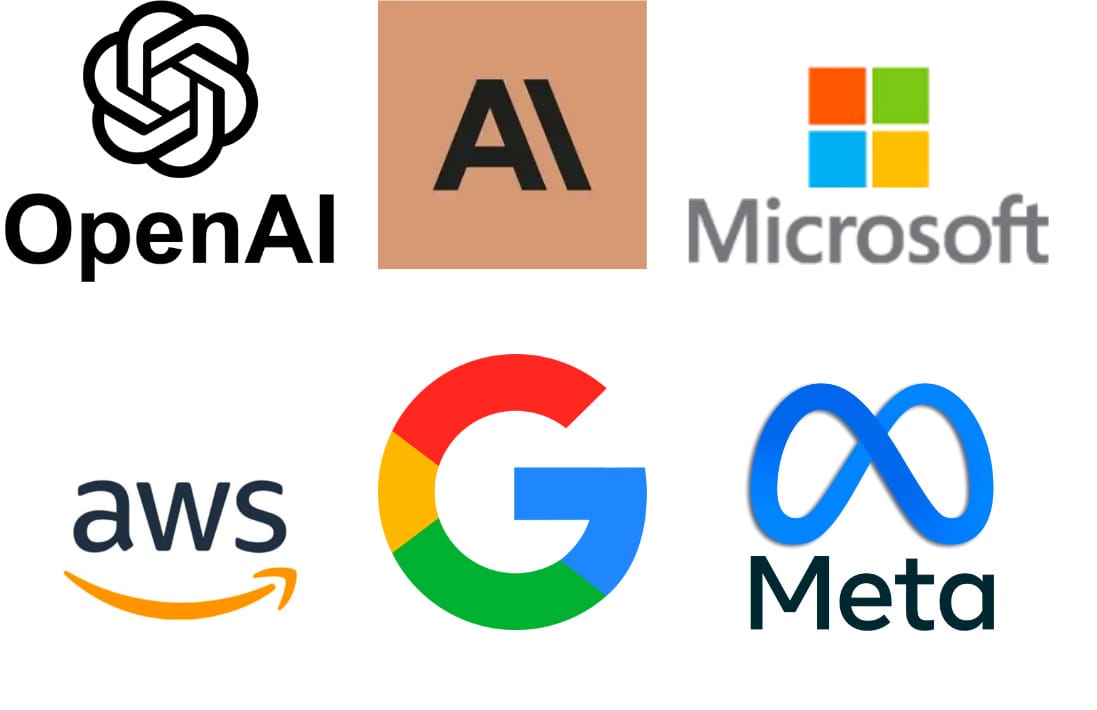
Automation Platforms (The Digital LEGOs)
n8n: The powerful, open-source hero. More complex than Zapier but gives you way more control and is more cost-effective at scale.
Zapier: The friendly, accessible starting point for most people. If you can think of a workflow, you can probably build it in Zapier in minutes.
Make (formerly Integromat): The visual builder's dream. It offers a fantastic canvas for visualizing and building complex, multi-step automations.
Bubble: More than just automation, it's a no-code platform for building full-fledged web applications. When you're ready to build a real product around your AI, you'll end up here.
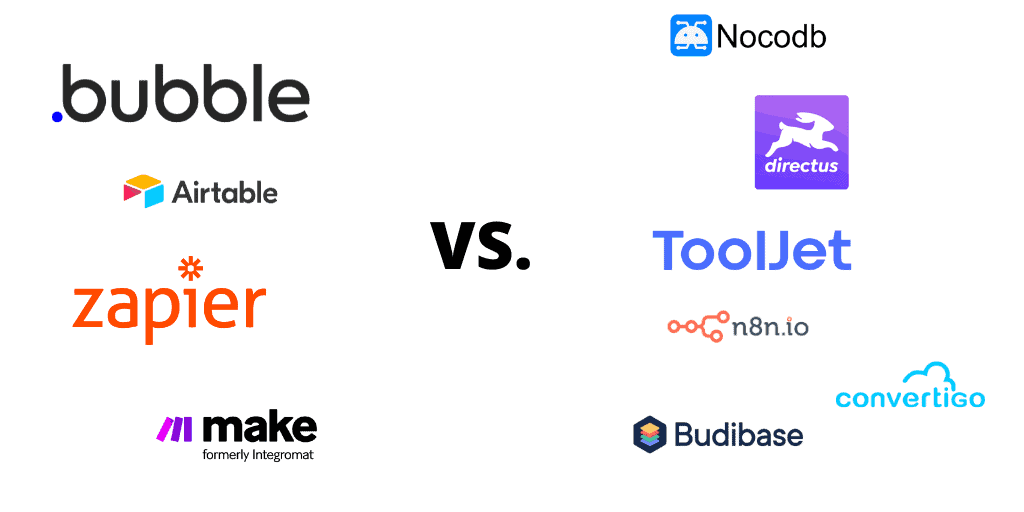
Specialized Tools (The Sniper Rifles)
VAPI / Bland.ai: For creating voice AI agents that can actually hold a conversation on the phone. Terrifyingly effective.
ElevenLabs: Produces the most realistic, human-sounding text-to-speech on the market. Perfect for AI agents, content creation and accessibility.
RunwayML / Pika: The leading platforms for AI video generation and editing. Your one-stop shop for creating mind-bending visuals.
Tavus: For creating personalized video messages at scale. Imagine recording one video and having AI customize it for thousands of leads.
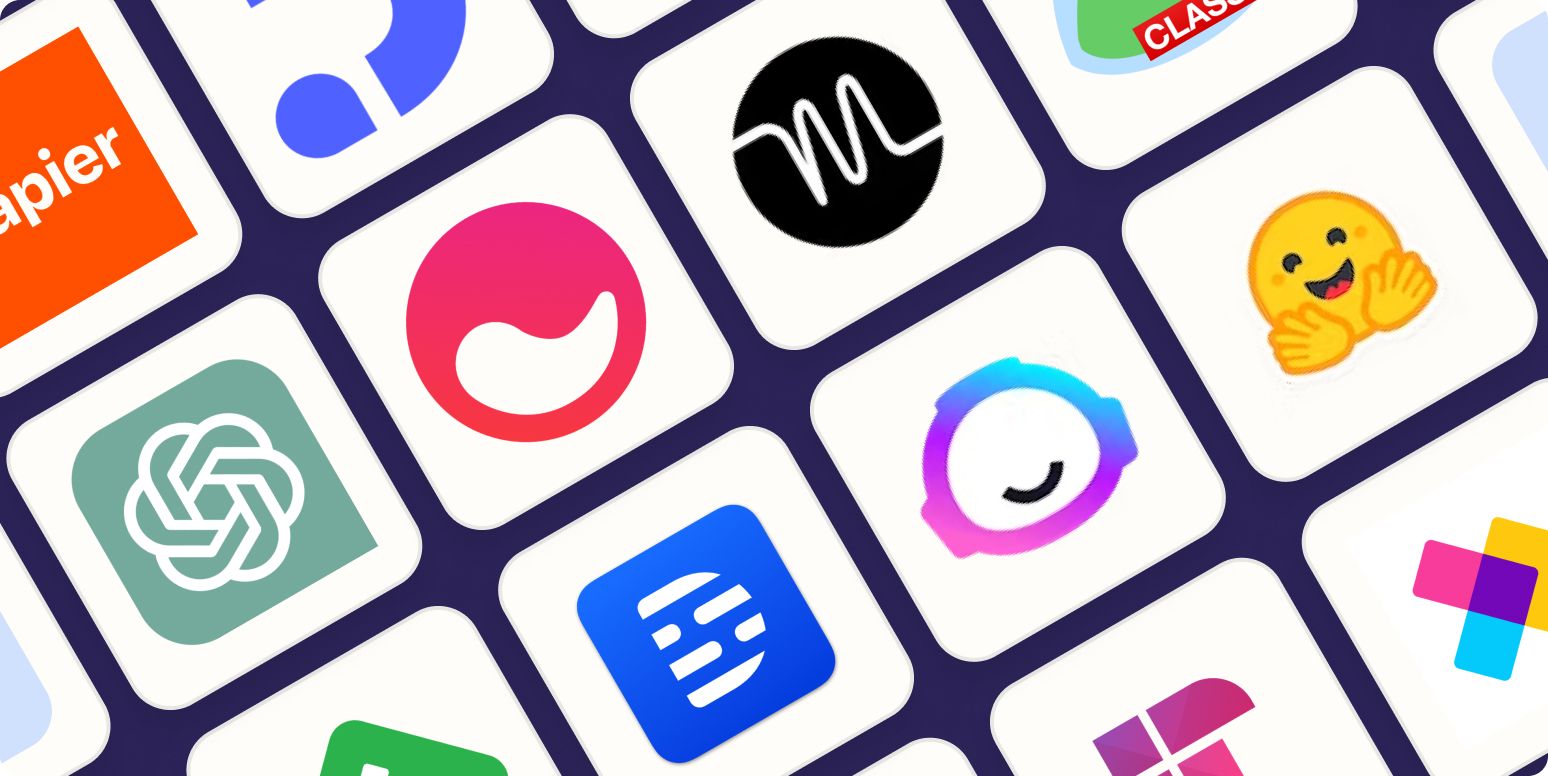
Business Operations (The Command Center)
Airtable: A spreadsheet on steroids. It's a flexible database that can act as the central brain for your entire business.
Slack: More than just a chat app. It's an automation hub where you can connect all your tools and get notifications.
Stripe: The gold standard for online payments. Simple, powerful and developer-friendly.
Cal.com / Calendly: Automate your scheduling. Never again will you have to endure the "what time works for you?" email chain.
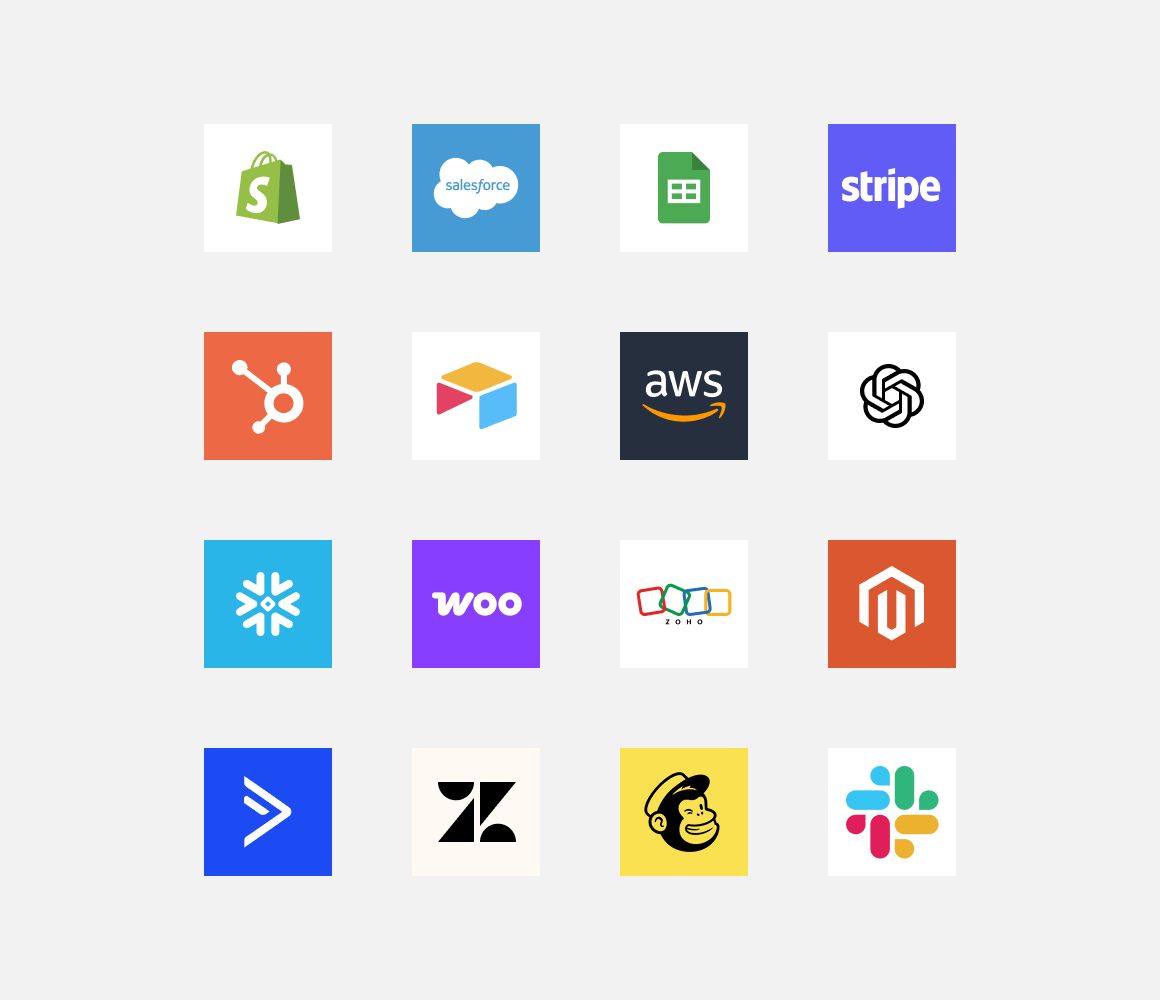
The Economics of Each Path: A Brutally Honest Breakdown
Time is money and confusion is expensive. Let’s talk numbers.
Path 1: The Fortress Builder (Agency Route)
Upfront Investment: $15,000 - $100,000+ for a comprehensive agency engagement.
Hidden Cost: The cost of choosing the wrong agency can be devastating—wasted money and months of lost time. Do your homework.
Timeline to ROI: 3-6 months to see significant efficiency gains or revenue lifts.
The Payoff: Often a 3-10x return on investment. A $50k project that saves your company $250k a year in operational costs is a no-brainer.

Path 2: The Gold Panner (Partnership Route)
Upfront Investment: Mostly sweat equity—the time it takes to network, build relationships and structure a deal.
Hidden Cost: A bad partnership can be worse than no partnership. Personality clashes, misaligned goals or a flaky tech team can sink you. Vet your partners like you’re marrying them.
Timeline to ROI: 6-12 months to land the first few clients and establish a profitable revenue-sharing model.
The Payoff: A significant share of the revenue you generate. It's not uncommon to see partnerships hitting $200k+ in shared revenue in their first full year.

Path 3: The Phoenix (The Chisel Framework)
Upfront Investment: Your time. A lot of it. Expect to invest 20-40 hours a week for the first 6-12 months.
Hidden Cost: Burnout. This path is a marathon, not a sprint. If you don't manage your energy, you'll flame out before you ever take flight.
Timeline to ROI: You can make your first few thousand dollars within 3-4 months. Building a sustainable, six-figure business often takes 12-18 months.
The Payoff: Unlimited. You are building your own brand, your own IP, your own business. The potential is uncapped, with a clear path to $1M+ in annual revenue once you productize your services.

The Ticking Clock: Why You Need to Act Now
I need you to understand something. We are in a temporary, magical window of opportunity. It's an "economic gold rush" moment.
Right now, the demand for people who can bridge the gap between AI technology and real business problems is massive. The supply is tiny. This gap is where fortunes are made.
But this window is closing.

Every day, more people are waking up to this opportunity. Large consulting firms like Deloitte and Accenture are frantically building out their AI practices. The AI tools themselves are getting easier to use, lowering the barrier to entry.
This is a pattern we've seen before:
It was like SEO in 2005, before every business had an SEO guy.
It was like social media marketing in 2010, when you could build a massive audience on Facebook for free.
It was like mobile app development in 2012, before the App Store was a crowded ocean of a million apps.
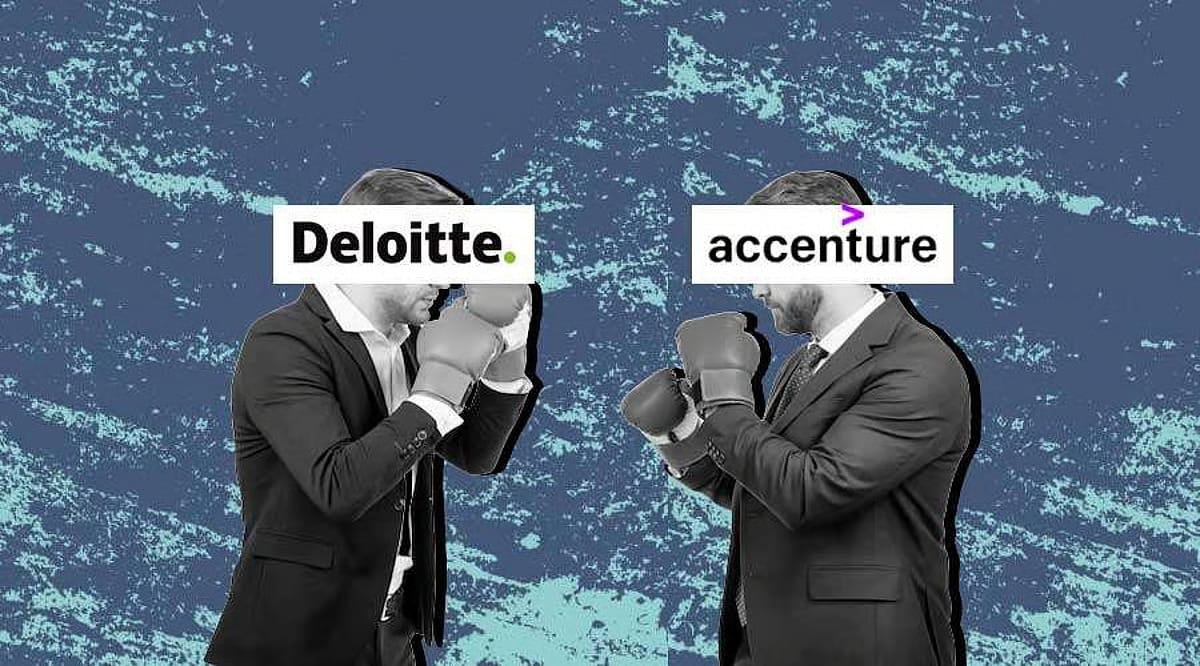
The early movers in those fields built the dominant agencies and companies of the last decade. The people who waited were left fighting for scraps in a saturated market.
If you make your move now, you're competing against other pioneers. If you wait a year, you'll be competing against established giants. The choice is yours but the clock is ticking. You're not too late but you don't have the luxury of waiting forever.
Your Final Choice
We started with a quote from Warren Buffett about being in the right boat. You've proven you can row. You have the work ethic, the drive, the entrepreneurial spirit. Those skills aren't the problem.
The only question left is which boat you’ll choose for your journey into how to learn AI.
Will you fortify your existing ship so it can withstand any storm?
Will you partner with a crew of specialists to go hunt for sunken treasure?
Or will you build a brand new vessel from scratch, designed to be the fastest thing on the water?
There's no wrong answer. But there is a wrong move: doing nothing. Standing on the shore, paralyzed by indecision, while the greatest opportunity of our generation sails by.
The AI revolution isn’t coming. It’s here. It’s happening right now, in this moment.
The best time to plant a tree was 20 years ago. The second-best time is today.
Which path will you choose?
If you are interested in other topics and how AI is transforming different aspects of our lives or even in making money using AI with more detailed, step-by-step guidance, you can find our other articles here:
Overall, how would you rate the AI Startups Series? |
Reply